On a warm spring day at Wellesley in 1951, Barbara Bruning McGhie ’54 finished her final exams and immediately left campus to compete at the National Intercollegiate Golf Championship Tournament in Ohio. McGhie insists that she expected nothing more out of the tournament than some solid competitive experience, but the record book belies that modesty.
McGhie had placed second in the tournament the year before. She’d won the New York State Amateur Association Golf Championship in 1951, and she’d go on to win in 1952 and 1954. McGhie would also add a Ladies Golf Invitational championship in 1954, as well as, naturally, her class’s Hooprolling race. She remained a presence on the green long after she graduated from Wellesley: From 1954 through the 1960s, McGhie won more than 15 championships at the local, state, and national levels, shattering course records along the way.
Simply put, McGhie was one of the best competitive female golfers of her time. She got straight to work and won the tournament. As she was being congratulated and glad-handed at the 18th hole, McGhie recalls, a woman worked her way out of the crowd and approached her.
“This woman looked at me, shook my hand, and called me a wonderful representative of Wellesley,” McGhie remembers. “And I was amazed that she said that, because it had been difficult to get someone at the College to even sign the paper allowing me to go.”
“You weren’t supposed to play intercollegiate sports at that time,” McGhie continues, speaking from a College podium over 60 years later, at the ceremony last fall when she was inducted into the inaugural class of the Wellesley College Athletics Hall of Fame. “I am deeply grateful for this recognition from the College, which validates and celebrates the very important and substantial role that competitive golf has played in my life.”
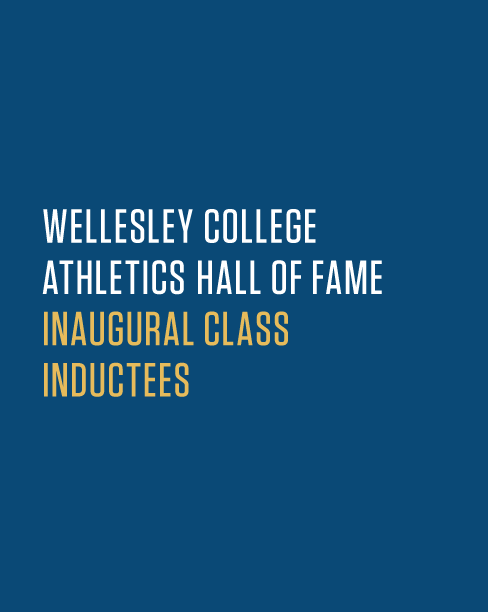

Badminton
Won the U.S. singles titles in 1940 and 1942, and the U.S. doubles title in 1942; taught physical education at Wellesley, including racquet sports, golf, swimming and diving, and fencing
(Posthumous)
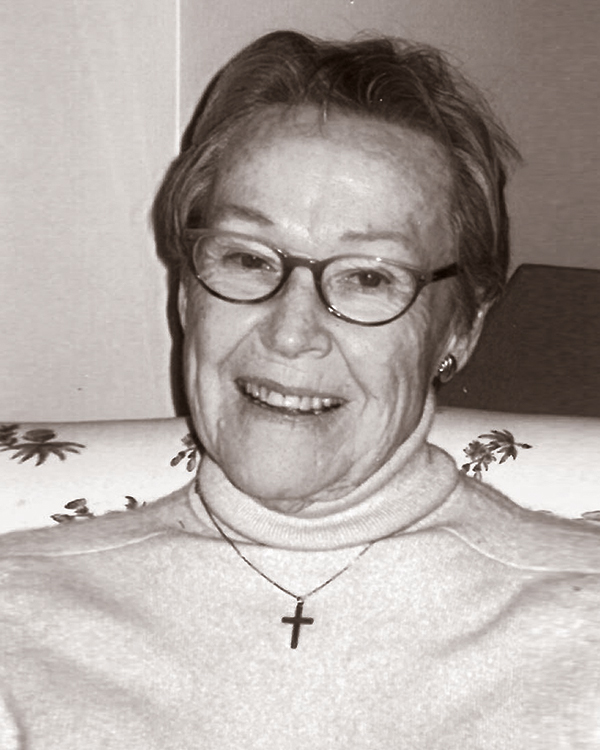
GOLF / Field hockey / basketball / squash
Won National Intercollegiate Golf Championship in 1951, as a Wellesley freshman; won multiple regional, national, and international golf tournaments
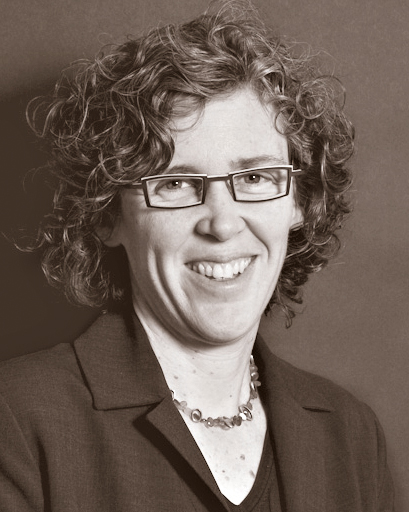
Basketball / lacrosse / soccer / tennis
A rare four-sport athlete; first player in Wellesley basketball history to score 1,000 career points; Outstanding Wellesley Athlete of the Year Award winner; Barbara Barnes Hauptfuhrer Scholar-Athlete Award winner; NCAA Postgraduate Scholarship recipient; Rhodes Scholarship recipient

Basketball / cross country / lacrosse
Earned All-America nods in both cross country and lacrosse; competed at NCAA cross-country championship all four years; named Outstanding Wellesley Athlete of the Year twice

Swimming
Four-time Individual NCAA All-America team selection; three- time NCAA Relay All-American; dominated the Seven Sisters Championships, winning the 400 IM, the 200 butterfly, the 200 IM, 400 free relay, and coming in second place in the 200 breaststroke
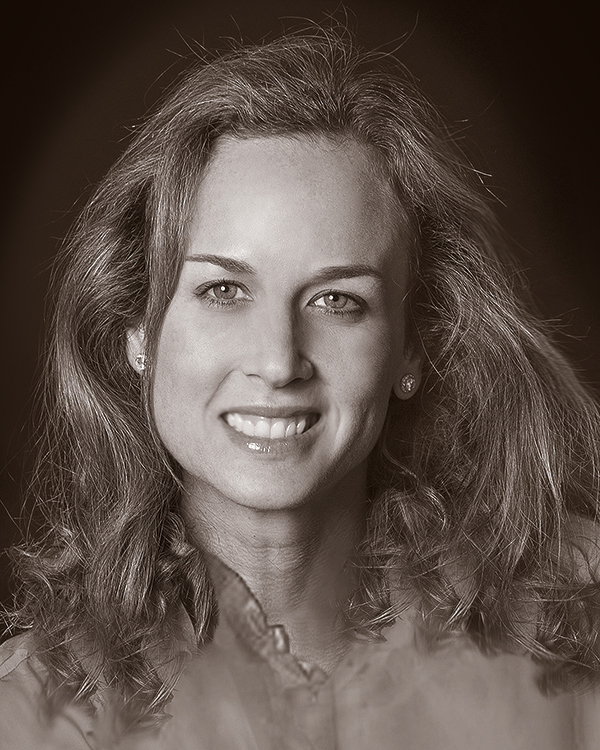
Tennis
Won the national singles tennis championship in 1991, becoming Wellesley’s first NCAA Division III national champion; posted an outstanding career record of 65-1; three-time All-America selection; Academic All-American; Volvo Rookie Player of the Year; Outstanding Wellesley Athlete of the Year
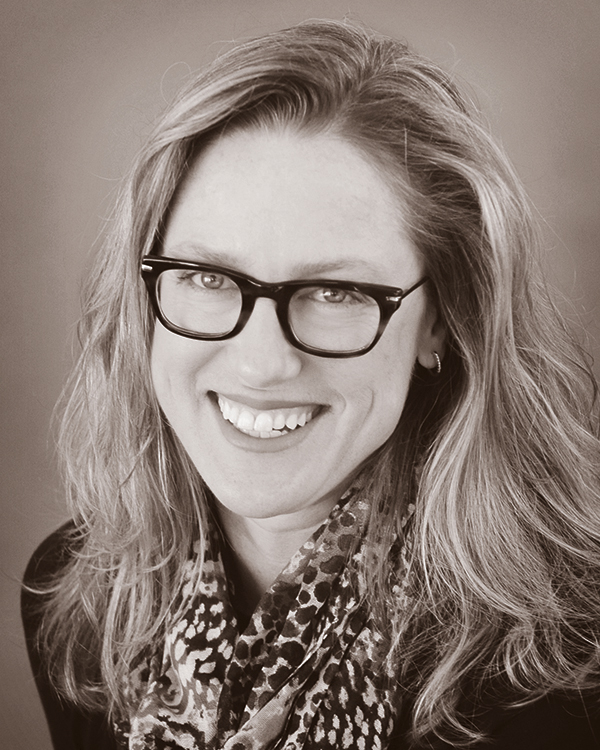
Basketball / soccer
A two-time Kodak National Basketball All-America honoree; as a senior, led Division III in rebounds; for soccer, a GTE/CoSIDA Academic All-Region selection, and a recipient of the Hauptfuhrer Senior Scholar- Athlete Award, Outstanding Wellesley Athlete of the Year Award, and an NCAA Postgraduate Scholarship
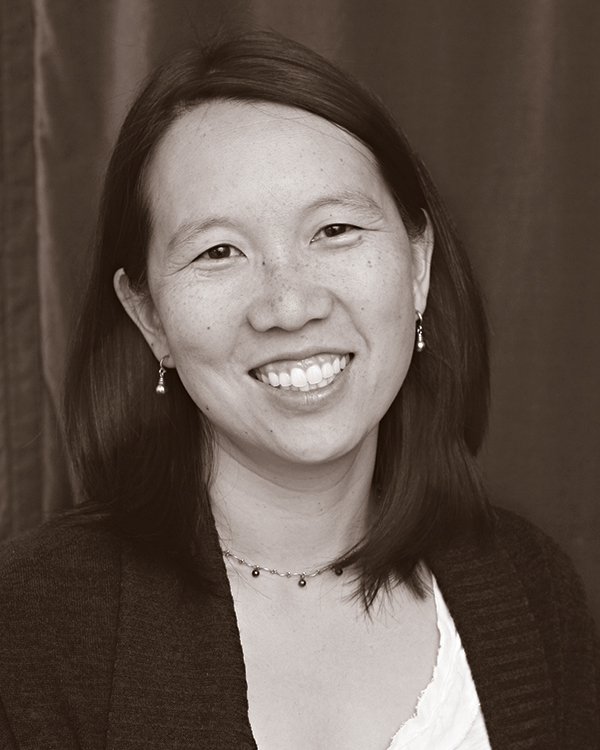
Fencing
Arguably the best fencer in Wellesley history; won two New England Championships, and had a consistent presence at the NCAA National Championship tournament; Hauptfuhrer Scholar-Athlete Award winner
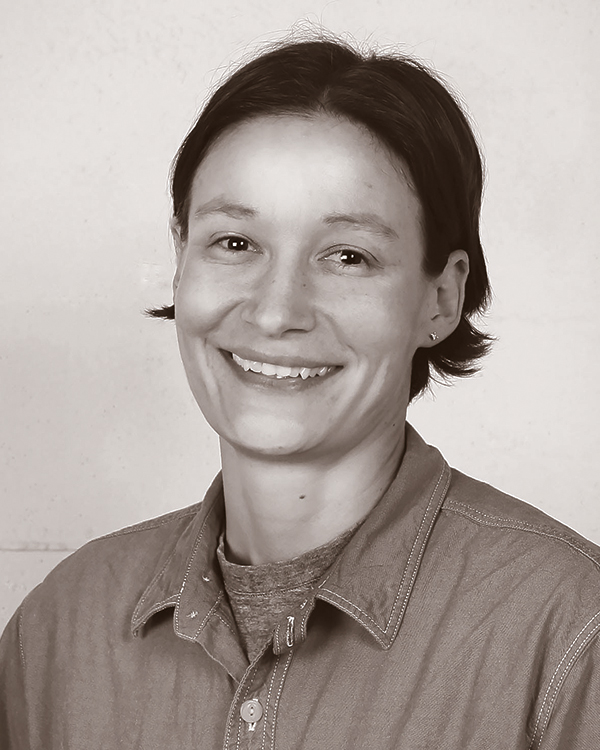
Basketball / field hockey
Earned the Outstanding Wellesley Athlete of the Year Award twice; earned NEWMAC field hockey and basketball rookie of the year honors; a five-time NEWMAC All-Conference selection; earned National Field Hockey Coaches Association All-America honors twice, and as a senior was named the NEWMAC Field Hockey Player of the Year
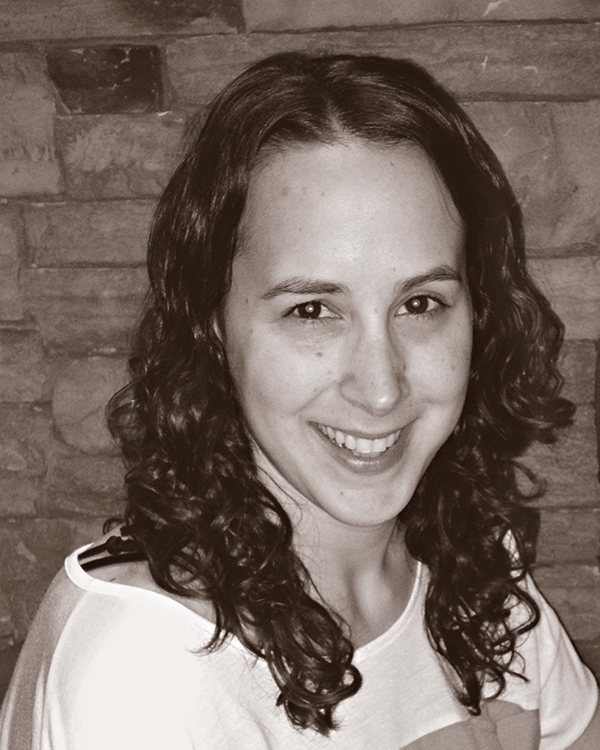
Volleyball
Career record of 133-13; three-time American Volleyball Coaches Association National All-America honoree; led the Blue into the NCAA Championship Tournament, posting two Elite Eight appearances and a third-place finish in 1998; three-time Seven Sisters Tournament MVP; GTE/CoSIDA District I Academic All-America selection
Sports and exercise have always been an integral piece of the College’s mission. Founder Henry Durant believed strongly that women would benefit from physical exercise: This was a radical and forward-thinking notion in the Victorian era that viewed women as frail and delicate. Durant encouraged brisk walks and exercise, and purchased three boats for rowing on Lake Waban. Nearly a century later, Wellesley women organized their first intercollegiate crew team.
Today, Wellesley fields 14 NCAA Division III intercollegiate varsity sports teams, is a member of the highly selective New England Women’s and Men’s Athletic Conference (NEWMAC), and competes as a member of the historical Seven Sisters conference. Fifteen percent of the class of 2014 played on an intercollegiate team, and a full 49 percent of the class played either intercollegiate, club, or intramural sports. Thousands of athletes have donned the blue and white, and they’ve taken Durant’s exhortations to heart: They’ve put in long hours practicing their skills; they’ve used athletics as a counterbalance to Wellesley’s demanding academic expectations; they’ve found the lasting bonds of family in their coaches and teammates; and they’ve become Rhodes Scholars, NCAA national champions, and everything in between.
Something was missing, though. Despite its leadership, despite its history, and despite its abundance of high-achieving scholar-athletes, many felt that Wellesley had not recognized the inherent value of its athletics program, or of its athletes. Until now. After a decade of work, and following a posthumous endowment from former Chair and Director of Athletics Linda K. Vaughn, the Wellesley College Athletics Hall of Fame opened its doors and welcomed its first class of inductees in October 2014. The inductees also include four “women of inspiration” who were instrumental in the development of Wellesley’s athletics program, and to whom Wellesley’s athletes owe a tremendous debt. The Hall of Fame has been installed near the entrance to the Keohane Sports Center.
‘Sports are important. They do matter. They help shape us into the women we become in life.’
—Inductee Allison Schnitzer ’00
“The bottom line is, sports provide our students with the opportunity to enhance their scholarship and overall experience at Wellesley by engaging in something that they are committed to and passionate about beyond just academics,” says Director of Athletics Bridget Belgiovine. “Our athletes may not realize the importance of what they’ve gained from being competitive, knowing how to improve and build on the day before, knowing how to take risks, in public and on the spot, while they’re here, but these abilities have all been enhanced by having been an athlete.”
Research bears this out: In a 2013 survey of Wellesley alumnae in nine classes spanning 40 years, those who had participated in athletics at Wellesley overwhelmingly reported that their Wellesley experience prepared them better to work effectively as a member of a team, to acquire new skills or knowledge on their own, to be an active member of their community, and to develop self-esteem and confidence, than did those who had not participated in athletics at Wellesley.
Former Wellesley College President Nannerl Overholser Keohane ’61, who was inducted into the Hall of Fame as a woman of inspiration, believes that Wellesley has hit upon the value of athletics to its students. “Wellesley, and other relatively small liberal-arts colleges with a strong tradition of teaching and learning and intellectual excitement, have a very important role in allowing students to develop their bodies as well as their minds,” she says. “Learning about teamwork, developing strong skills, taking pride in representing the College in competition, and having a complement to their work in the library or in the laboratory: That’s sort of the ideal of the scholar-athlete. Bringing together the scholar and the athlete is happening at Wellesley in a way that truly benefits the individual, but that also benefits the College.”
According to the senior survey of the class of ’14, 80 percent of varsity, club, or intramural athletes said that they were able to balance their academic work and extracurricular activities; 72 percent of students who did not participate in athletics reported that they were able to achieve that balance. Moreover, Belgiovine adds, the data show that Wellesley’s current crop of scholar-athletes is indistinguishable from the general student population academically.
“Our athletes are clearly and without question better managers of their time,” says Belgiovine. “They make clear, definitive choices about what they’re going to engage in. These are choices that every student at Wellesley makes.”
Tiffany Chen ’15, who is a tri-captain of the swimming and diving team, knows she made the right choice. “I’ve sacrificed a lot to be an athlete at Wellesley,” she says. “There are so many things I want to do, like study abroad, that I can’t. But at the same time, that’s one of the greatest things: Because of all the sacrifices you make, all of the moments and successes you have with your team are much more gratifying.”
“Our athletes recognize early on that their passion to be an athlete means that they might not be able to be in five clubs,” Belgiovine concludes. “What they’re doing instead is digging into and engaging deeply with this one activity that gives them the opportunity to hone time management, teamwork, and resiliency life skills. They recognize that you only have one chance to be a collegiate athlete, and they’re making that choice.”
‘I can’t express how grateful and lucky I felt that the facilities here were all for women. I would never again have to wear a uniform that was a hand-me-down from the boys’ team.”
—Inductee Liza Janssen Petra ’94
“Sports are not just about athletics on the field,” says Laura Pappano, writer-in-residence at the Wellesley Centers for Women. “Sports are also a key path to social, political, and economic power.” Pappano is a journalist who writes about education and gender-equity issues in sports. She’s co-authored a book, Playing With the Boys: Why Separate Is Not Equal in Sports, and she’s studied multiple aspects of what she sees as deeper issues surrounding gender in sports.
“The time that it’s taken for Wellesley to have a hall of fame for athletics reflects the fact that sports has traditionally been construed as a male pursuit,” Pappano says. “Women have always had to dress in certain ways, behave in certain ways, have their rules changed in particular ways, all so that they don’t appear to be on par with men athletically. If you take that on as a female, you’re taking on something that’s been traditionally owned by men.”
In Playing With the Boys, Pappano brings up several examples of this last point: Men and women who play the same sport often play under different versions of rules, which, Pappano argues, reinforces the idea that women are athletically inferior to men. For example, quarters in the NBA are 12 minutes long; in the WNBA, quarters are 10 minutes long. In the Olympics, male swimmers swim 1,500-meter races, while women are limited to 800-meter races. Men’s tennis matches top out at five sets; women’s tennis matches top out at three.
“But in truth,” Pappano says, “if you look at women’s history in sport, it’s about leadership, about innovation, about bravery, about being steely and tough and standing up in the face of challenge. That’s exactly why I think it’s so perfect—and so long overdue—for Wellesley to have a hall of fame.”
Pappano stresses that this all matters even beyond the basketball court, the tennis court, or the Wellesley campus. “When you create a public space for sport, and you’re talking about all this recognition and status and public attention, if we always have the men being the pinnacle and the women being this other competition, it really changes the whole perception of female athletes and male athletes,” she says, “and by extension, the whole perception of males and females.”
In Playing With the Boys, Pappano argues convincingly that sports matter to social equality, to business equality, and to political equality. She points to the value to a city of having a winning sports team, and the publicly subsidized stadiums that result; the rush to use famous athletes to endorse products and lead companies; and the fact that often, a successful athletic career is a precursor to a successful political career. Therefore, Pappano concludes, gender inequality in sports is a problem that demands immediate correction.
“Wellesley ought to lead on this,” Pappano says simply. “This should be a part of the leadership brand that is Wellesley. Having a hall of fame is a piece of that; recognizing that athletics skills build leaders is really important. Wellesley deciding to have an athletics hall of fame emphasizes the value of athletics in the conversation, and emphasizes that it’s time to start celebrating these accomplishments as a key part of a Wellesley education. It’s time to recognize that the skills you learn from sports are incredibly helpful in business, corporate and political careers, and in leadership roles. It’s time to recognize that playing sports is a skill set, not just a line on a résumé.”
‘Most people come to Wellesley for academics, not for athletics—but let’s face it, which adults do we spend most of our time with? For me, it wasn’t my thesis advisor. It was my coaches. They had a profound influence on all of us.’
—Inductee Elizabeth Murphy ’86, four-sport athlete and Rhodes Scholar
Tiffany Chen, senior tri-captain of the swimming and diving team, doesn’t yet have the perspective of a Wellesley athlete alumna who has been out of school for a few years. For Chen, early mornings in the pool, long trips to meets, and lengthy stretches of time spent together with the team in and out of practice, are still a typical part of her life, and they seem normal and routine to her.
The celebrations surrounding the Hall of Fame induction, however, have taught her to not take those early mornings, or those long stretches of time with her team, for granted. While she was listening to the inductees’ acceptance speeches, Chen noticed something they all had in common. “One thing that struck me was that every single inductee who spoke, instead of talking about their own personal athletic achievements—the achievements they were being inducted for—they talked about how their teammates and coaches had shaped them as human beings,” she says.
Inductee Karyn Cooper ’92, who became Wellesley’s first NCAA Division III national champion when she won the individual singles tennis title in 1991, spoke eloquently about the effect her teammates and coaches had on her: “Tennis helped me to be a success at Wellesley,” Cooper said. “The tennis team was my family away from home. Those types of connections don’t happen casually. Rather, they happen as the result of experiences that athletes share practicing, working hard, traveling to matches, and competing together. I’ll treasure those memories for life.”
Belgiovine, Wellesley’s athletics director, picked up on the same theme Chen noticed: that each inductee’s experience at Wellesley was, to a person, enhanced exponentially by the relationships they nurtured with their teammates, and by the mentoring they received from coaches. “The role and involvement of coaches, and how coaches become part of their players’ educational experience—sometimes that gets lost because you’re focusing on preparing for the game, and on the results of the game,” she says. “But the real value here is the amount of time that coaches and players spend on things that go far beyond getting someone to hit their free throws. The role that our coaches play in the lives of our student-athletes is really important, and central to their development.”
Chen and her teammates were able to meet inductee Deborah Twichell McDermott ’90, who was a dominant, record-breaking force in the pool for Wellesley. McDermott met with the current Blue on the pool deck for a practice. “Our coach, Bonnie Dix, asked Deb what her favorite moments were from swimming,” Chen recalls, “and Deb answered that it was her moments with her teammates. Bonnie always tells us that as swimmers, we always focus on our time, and on dropping time. She keeps having to remind us that the important thing really isn’t that we were as fast as we could be in the pool. It’s that there were these moments when we were silly together; it’s that there was that time we had a snowball fight during Wintersession; it’s that there were all these times when we were together that had nothing at all to do with swimming, that knocks the swimming part out of the park.”
‘I was shocked that we didn’t already have a hall of fame. This is something that shows the footprints these women left at Wellesley, and shows that we’ve all contributed something that matters to the College.’
—Nathalie Gruet ’15, tri-captain of the field hockey team
The Hall of Fame is located, very purposefully, just behind the entrance to the Keohane Sports Center. If you’re looking for it, you’ll find it easily. And if you’re not looking for it, you’ll still find it easily. It’s almost unavoidable, a constant reminder of the Wellesley student-athletes who dedicate themselves to their teams, to their sports, and to Wellesley—even if, as in the case of elite golfer Barbara Bruning McGhie ’54, Wellesley did not necessarily dedicate itself to them in turn. Former College President Keohane believes that the Hall of Fame should be a reminder to the entire Wellesley community—not just its student-athletes—of what these legions of alumnae and current students have accomplished. “It must be subliminally important for anyone using the Sports Center and walking down the corridor to be thinking about these Wellesley women and what they did,” Keohane says. “Even if I’m not a student-athlete myself, just an occasional swimmer or runner, it must sink in that this is part of Wellesley’s history, and something we take pride in for others.”
Belgiovine has an even more direct take on the importance of the Hall of Fame to Wellesley’s fabric. For her, the Hall of Fame is a tangible shift in Wellesley’s recognition of its student-athletes, a sign of an institutional commitment to athletics, and of honoring the successes of its student-athletes. “The reality is that the Hall of Fame puts a legacy mark on the value that this institution places on the role athletics has for students,” Belgiovine says. “I can talk to people until I’m blue in the face about the value and importance of what its like to be an athlete at Wellesley, but creating the Hall of Fame really puts it back in the hands of those who came through it to share their experience in a public forum that has not, until now, been formally recognized by the institution.”
Senior field hockey player Nathalie Gruet, who, from the looks of her stat sheet, may want to reserve her own spot in the Hall of Fame now, says that the Hall of Fame inspires her to keep working hard. She echoes McGhie and sees Wellesley’s installation of the Hall of Fame as its validation of her own hard work and aspirations. “Wellesley is based on tradition,” Gruet says. “We plant trees as sophomores, we have the Hooprolling race as seniors; there are so many traditions here that it seems the traditions associated with athletics and recognizing our history of successful athletes has been lacking. As people bring more identity to other aspects of Wellesley’s history, I hope that maybe athletics will play a bit more of a role that people will recognize more.”
Women of Inspiration / 2014 inductees
Barbara Barnes Hauptfuhrer ’49 (posthumous)
A pioneer of sports at Wellesley, she participated in both basketball and crew; she was president of the Alumnae Association and a member of the Wellesley College Board of Trustees. Her endowed gifts annually fund all varsity student-athlete and team post-season competition. The endowed award in her name is given to a senior who exemplifies the meaning of a true Wellesley scholar-athlete.
Nannerl Overholser Keohane ’61
As College president from 1981 to 1993, she facilitated and oversaw the construction of the Keohane Sports Center. A firm believer in the importance of state-of-the-art athletics facilities, she stressed that a sound mind in a sound body was more than just rhetoric. She worked tirelessly with alumnae, parents, and friends of the College to ensure funding to provide facilities and spaces for athletics and scholar-athletes.
Katherine “Kitsy” Curtis Rigler ’61
As a student, she was a member of the Athletic Association, an avid participant in dorm basketball and class crew, and a two-time champion of the Wellesley Squash Tournament. As an alumna, she served as a member of the College Board of Trustees and supported efforts to construct the Keohane Sports Center. She also co-founded the Friends of Wellesley College Athletics and served as the national committee’s initial co-chair. Currently, she serves as a national committee at-large representative.
Linda K. Vaughan (posthumous)
Chair/athletic director of the Department of Physical Education and Athletics from 1973 to 1990, then professor emerita, she led the growth of the physical-education curriculum, and shepherded the department through a transformative era, moving the program into the NCAA. Vaughan was director of the Keohane Sports Center project and founding co-chair of the Friends of Wellesley College Athletics. She established the Linda K. Vaughan Endowment Fund for the Friends of Wellesley College Athletics, which supports the endeavors of Wellesley’s scholar-athletes; a portion of the fund will forever sustain the Hall of Fame.
For more information on the inaugural class of Hall of Fame inductees, visit the Hall of Fame’s website.
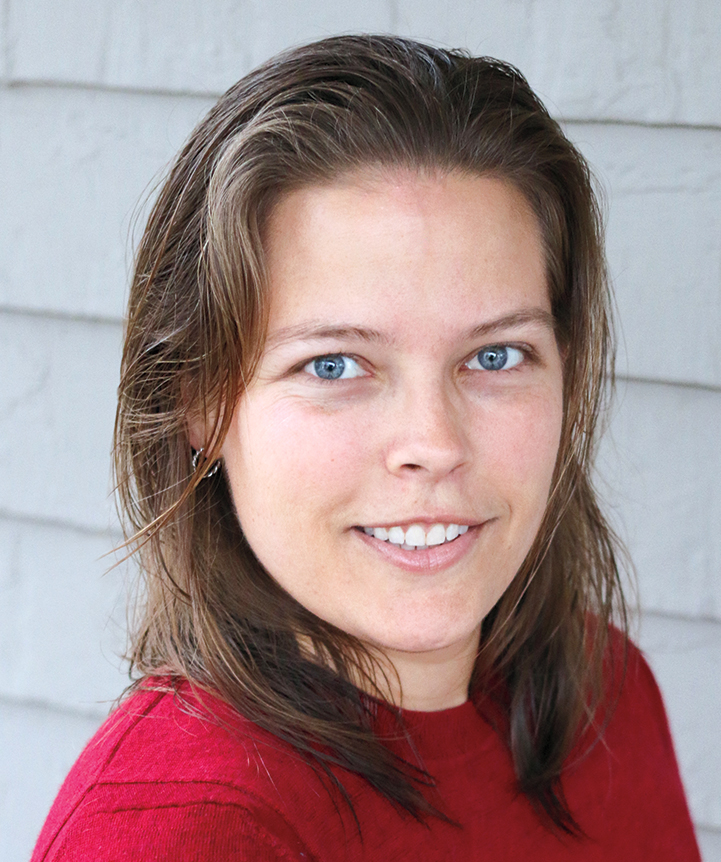 Rebecca Binder is the director of publications at Brooks School in North Andover, Mass.
Rebecca Binder is the director of publications at Brooks School in North Andover, Mass.




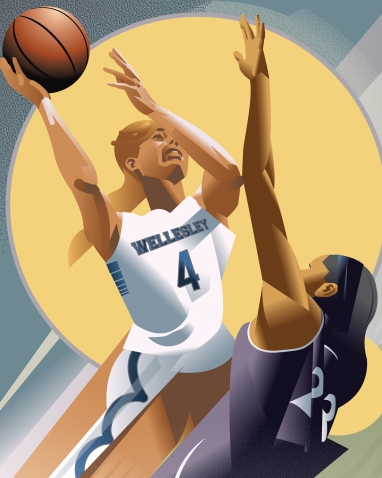












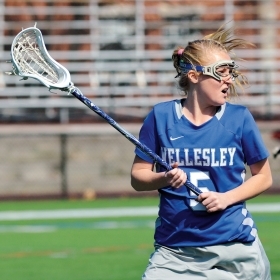
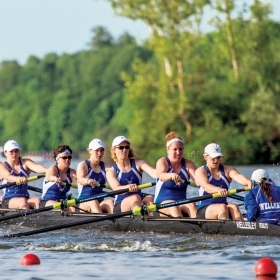
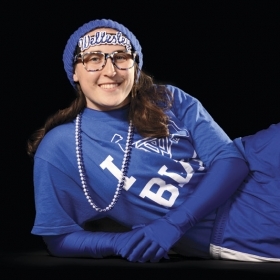
We ask that those who engage in Wellesley magazine's online community act with honesty, integrity, and respect. (Remember the honor code, alums?) We reserve the right to remove comments by impersonators or comments that are not civil and relevant to the subject at hand. By posting here, you are permitting Wellesley magazine to edit and republish your comment in all media. Please remember that all posts are public.